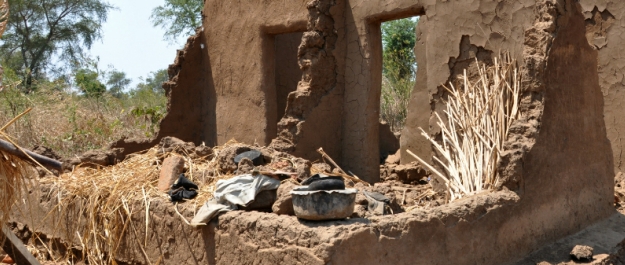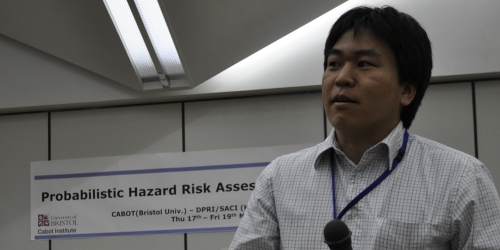Helping East Africa get earthquake-ready

It’s taking tens of millions of years, but the African continent is splitting in two. As plates slowly shift, the threat of major earthquakes rises too.
The challenge
It’s called the East African Rift – a slowly-expanding plate boundary that, in the far-off future, will eventually separate Africa from its Horn. In 2009, its movement generated a series of moderate shocks in rural Malawi that caused damage disproportionate to the size of the events.
Construction in Malawi is very basic and vulnerable to even moderate hazards. If the 2009 earthquakes were repeated in a town or village, entire neighbourhoods could collapse.
Exposure to this threat is growing quickly: the Malawian population is rising rapidly as urbanisation accelerates. Although awareness of the risks has increased since 2009, Malawi has insufficient resources to act.
What we’re doing
We’re working with Malawian partners to create the region’s first localised data that accurately assess seismic hazard and risk. We’re on the ground, physically mapping fault scarps, and we’re using state-of-the-art satellite and GPS techniques to track gradual surface movements over time.
Alongside our project partners, we’re also establishing how buildings constructed with local materials and techniques will, or won’t, stand up to the specific forces exerted by earthquakes.
After three years study, we’ll have enough data to create important risk assessment tools, like detailed seismic hazard maps and building vulnerability models. From these, governments and local agencies can focus their planning on the most at-risk communities, especially areas where the built environment increases vulnerability.
How it helps
As well as pinpointing the locations of potentially damaging hazards near the East African Rift, our research will recommend cost-effective modifications for local communities to strengthen existing buildings, thereby reducing people’s exposure to risk. We’ll also co-produce guidelines that will improve future construction, responses to emergencies and the long-term preparedness of policymakers.
This collaboration provides expertise that would be too expensive and time-consuming for low-to-middle income countries to finance alone. With this in mind, we’re sharing our findings and making our assessment tools open-source, so we can help groups throughout East Africa prepare for whatever comes next.
Image credit: Shareefa Choudhury/Department for International Development
 Lead researcher profile
Lead researcher profile
Dr Katsu Goda, Reader in Earthquake Hazard & Risk
Related research centres
Partner organisations
- Cardiff University
- The University of Malawi
- Geological Survey Department of Malawi
- Malawi University of Science and Technology
- Eastern and Southern Africa Seismic Working Group